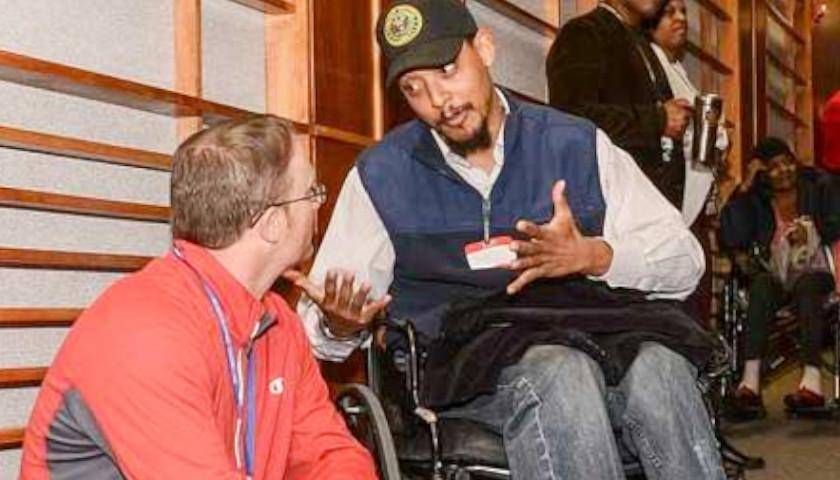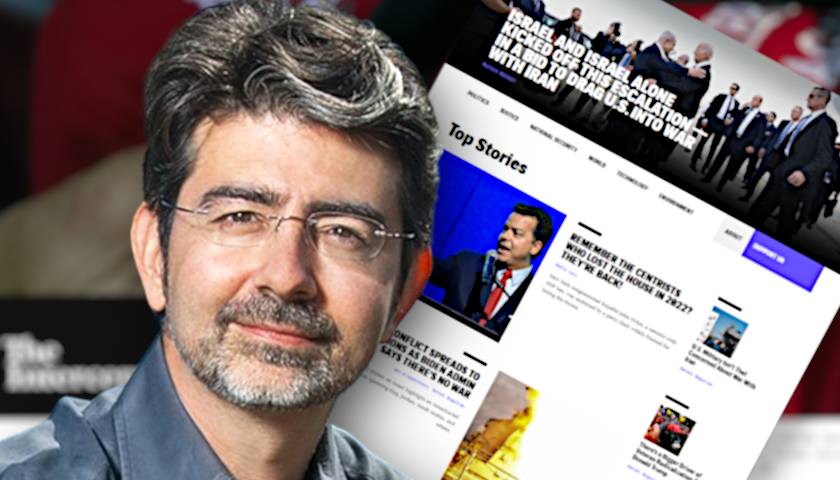The annual conference this month of the Institute for Catholic Liberal Education offered an atmosphere of overall joy and confidence as Catholic schools committed to the teachings of the faith reported they “could not keep up with the demand” for their services, Mark Bauerlein, contributing editor at First Things, wrote this week.
Bauerlein appeared to revel in the upbeat environment at the Catholic education conference, which, he noted, featured tables run by “organizations dedicated to Western civilization, the liberal arts tradition, and Catholic study” that “offered materials blessedly free of the negative politics and rhetoric that fills the discourse of the National Education Association, the ed schools that train teachers, and all too many school boards.”
He cited reasons for the joyful atmosphere:
Catholic liberal education has a positive vision of past and present, inquiry and tradition, man and God. The 1619 Project, which has spread widely in the public schools, trades in accusation; it doesn’t like patriotism and it suspects the churches; nothing about it is entertaining or witty (identity politicians don’t like jokes). Catholic liberal education highlights truth, beauty, and virtue: the grandeur of Chartres cathedral, the ethics of the Sermon on the Mount, Newton’s experiments in light, and Shakespeare’s romantic comedies. It reveres masterpieces, distinguishes right from wrong, truth from falsehood—no relativism in those classrooms. It orients kids toward transcendence and values prayer and humility.
Parents, when given a choice between government schools and Catholic education, appear to be choosing the latter more often, Bauerlein noted.
“The choice itself is weighty, for what indicates a parent’s duty more than the selection of which institution shall guide and discipline a child for seven hours a day, 180 days a year?” he asked.
The choice for Catholic education comes with data to support that decision.
National long-term trends data published in June showed math and reading test scores for 13-year-olds in the United States were at their lowest level in decades, according to the National Center for Education Statistics (NCES).
“The mathematics decline for 13-year-olds was the single largest decline we have observed in the past half a century,” lamented NCES Commissioner Peggy G. Carr. “The mathematics score for the lowest-performing students has returned to levels last seen in the 1970s, and the reading score for our lowest-performing students was actually lower than it was the very first year these data were collected, in 1971.”
"There are signs of risk for a generation of learners in the data we are releasing today and have released over the past year," says @EdNCES Commissioner Peggy G. Carr.
4/8 pic.twitter.com/JSSt96cCqO
— NAEP, The Nation's Report Card (@NAEP_NCES) June 21, 2023
Nevertheless, data from the National Assessment of Educational Progress (NAEP), published in October, revealed black, Hispanic, and low-income Catholic school students outperformed their counterparts in national, charter, and public school averages.
“[A]mid the bad news, Catholic schools were a bright spot, reflecting how these schools are making a difference in students’ lives,” Kathleen Porter-Magee, superintendent of Partnership Schools, a management organization that runs 11 Catholic schools in New York City and Cleveland, wrote in an op-ed at The Wall Street Journal (WSJ).
The national test scores among black Catholic school students rose by 10 points, while their counterparts in public schools lost 5 points and those in charter schools dropped 8 points, Porter-Magee observed, adding that Hispanic students in Catholic schools also outperformed those in public schools.
“If Catholic schools were a state, they’d be the highest performing in the nation on all four NAEP tests,” she tweeted.
If Catholic schools were a state, they’d be the highest performing in the nation on all four NAEP tests. pic.twitter.com/ackCK2MTtI
— Kathleen Porter-Magee (@kportermagee) October 24, 2022
“What has happened right in front of us in so short a time is a declaration of faith,” Bauerlein continued about the popularity of Catholic schools.
“That’s how we should understand the growth—as a trust placed in the schools and in the Church,” he wrote. “As the 2023–24 school year starts next month, and we promote, espouse, and celebrate the education that will unfold each semester, our affirmations are unnecessary in light of the ever-larger classes of new students lining up in the hallways.”
– – –
Susan Berry, PhD is national education editor at The Star News Network. Email tips to [email protected]





